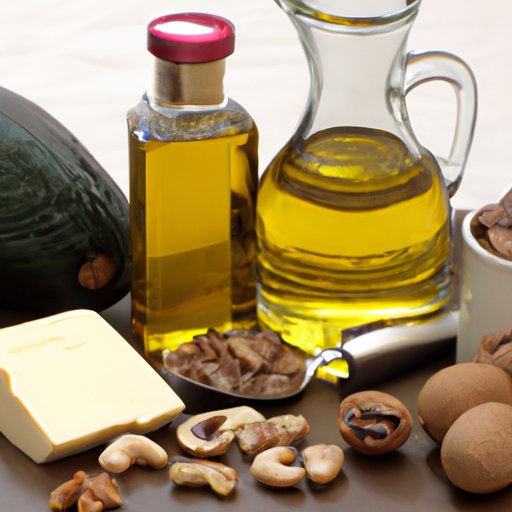The bustling world of food service is a vibrant symphony of flavors, aromas, and culinary expertise. Amidst the sizzling pans and whirring blenders, there exists an unsung hero, silently but indispensably contributing to the success of this industry—the commercial ice maker. In this article, we will delve into the vital role played by these ice-making marvels and explore their diverse functionalities, types and how they support the food service industry.
Understanding Commercial Ice Makers
Definition and Functionality Commercial ice makers are specialized appliances designed to produce ice on a large scale, catering to the high demands of restaurants, hotels, bars, and other food service establishments. These machines are engineered to consistently and efficiently convert water into various ice forms, meeting the requirements of different culinary applications. You can save $144
Ice Production: The Backbone of Foodservice
Reliable Ice Supply for Various Applications
In the food service industry, ice serves a multitude of purposes beyond cooling beverages. From preserving food quality and presentation to supporting the preparation and storage of ingredients, commercial ice makers ensure a continuous supply of ice for all these essential functions.
Ensuring Food Safety and Quality
Ice plays a crucial role in maintaining the freshness and safety of perishable food items. By providing a hygienic and controlled environment for storage, ice makers aid in preventing bacterial growth and food contamination.
Supporting Food Preservation and Storage
Commercial ice makers enable establishments to store and transport perishable items efficiently. Ice can be used for chilling seafood, keeping buffet displays fresh, and extending the shelf life of ingredients, contributing to waste reduction and cost-effectiveness.
Meeting Demand: Capacity and Production
Calculating Ice Requirements for Different Establishments
Determining the necessary ice production capacity involves evaluating the number of customers served, peak hours, and the variety of ice types required. By understanding these needs, food service operators can invest in an ice maker that matches their demand.
Factors Influencing Ice Production Capacity
Several factors affect the ice production capacity of commercial ice makers, including ambient temperature, water quality, and machine maintenance. Optimizing these factors can enhance production efficiency and ensure a consistent supply of ice.
Overcoming Challenges of High-Demand Scenarios
Food service establishments experience increased ice demand during peak hours or special events. Commercial ice makers equipped with high-capacity production modes and quick ice recovery features help meet these surges in demand, avoiding service disruptions.
Installation and Maintenance
Proper Installation Procedures
Correct installation of commercial ice makers is vital to their optimal performance. Following manufacturer guidelines, ensuring proper water and electrical connections, and allowing sufficient ventilation are critical steps for a successful installation.
Routine Maintenance and Cleaning
Regular maintenance and cleaning routines are essential for maintaining the efficiency and longevity of ice machines. Tasks such as sanitizing ice bins, descaling evaporator plates, and inspecting water filters should be performed on a scheduled basis.
Troubleshooting Common Issues
Understanding common issues that can arise with commercial ice makers enables prompt identification and resolution. Problems like slow ice production, unusual noises, or ice quality concerns can often be addressed through troubleshooting steps provided by the manufacturer.
Innovations in Commercial Ice-Making Technology
Advancements in Ice Production Efficiency
Continual advancements in ice-making technology have increased production efficiency, resulting in higher ice yields while minimizing energy consumption. Innovations such as advanced refrigeration systems, improved insulation, and optimized water distribution enhance performance.
Enhanced Sanitation and Hygiene Features
Modern commercial ice makers incorporate features like self-cleaning cycles, antimicrobial components, and automated sanitization routines to ensure the highest sanitation standards. These advancements reduce the risk of contamination and enhance food safety.
Integration with Smart Technology and Automation
Commercial ice makers are embracing the era of automation and connectivity. Intelligent features such as remote monitoring, predictive maintenance, and self-adjusting ice production enable proactive management and streamlined operations, ensuring uninterrupted ice supply.
Supporting Sustainable Practices
Energy-Efficient Ice-Making Technologies
Manufacturers increasingly develop ice makers with energy-saving features like improved insulation, high-efficiency compressors, and adaptive ice production cycles. These machines contribute to sustainability goals and lower operating costs by reducing energy consumption.
Water Conservation Initiatives
Water scarcity concerns drive the development of ice makers with water-saving mechanisms like recirculating systems, water filtration technologies, and low-flow options. These innovations minimize water waste while maintaining high-quality ice production.
Ice Machine Recycling and Disposal
Proper disposal and recycling of old or decommissioned ice machines contribute to environmental sustainability. Manufacturers and industry stakeholders are actively promoting responsible recycling programs to minimize the ecological footprint of ice makers.
Conclusion
In the fast-paced world of food service, commercial ice makers serve as the unsung heroes, providing a steady and reliable supply of ice for many culinary applications. Throughout this article, we have explored the essential role played by these ice-making marvels in supporting the food service industry.
Commercial ice makers are available in various types, including modular, under-counter, and countertop machines, each catering to different space requirements and production capacities. These machines are the backbone of food service, ensuring a consistent ice supply for applications ranging from beverage cooling to food preservation and storage.
Choosing the right ice maker involves assessing specific needs and considering factors such as ice production and storage capacities, space limitations, and energy efficiency. Proper installation and routine maintenance are crucial to maximize performance and prevent issues. Advancements in ice-making technology have led to improved production efficiency, enhanced sanitation features, and integration with intelligent technology, streamlining operations and ensuring food safety.
(Note: Is this article not meeting your expectations? Do you have knowledge or insights to share? Unlock new opportunities and expand your reach by joining our authors team. Click Registration to join us and share your expertise with our readers.)
